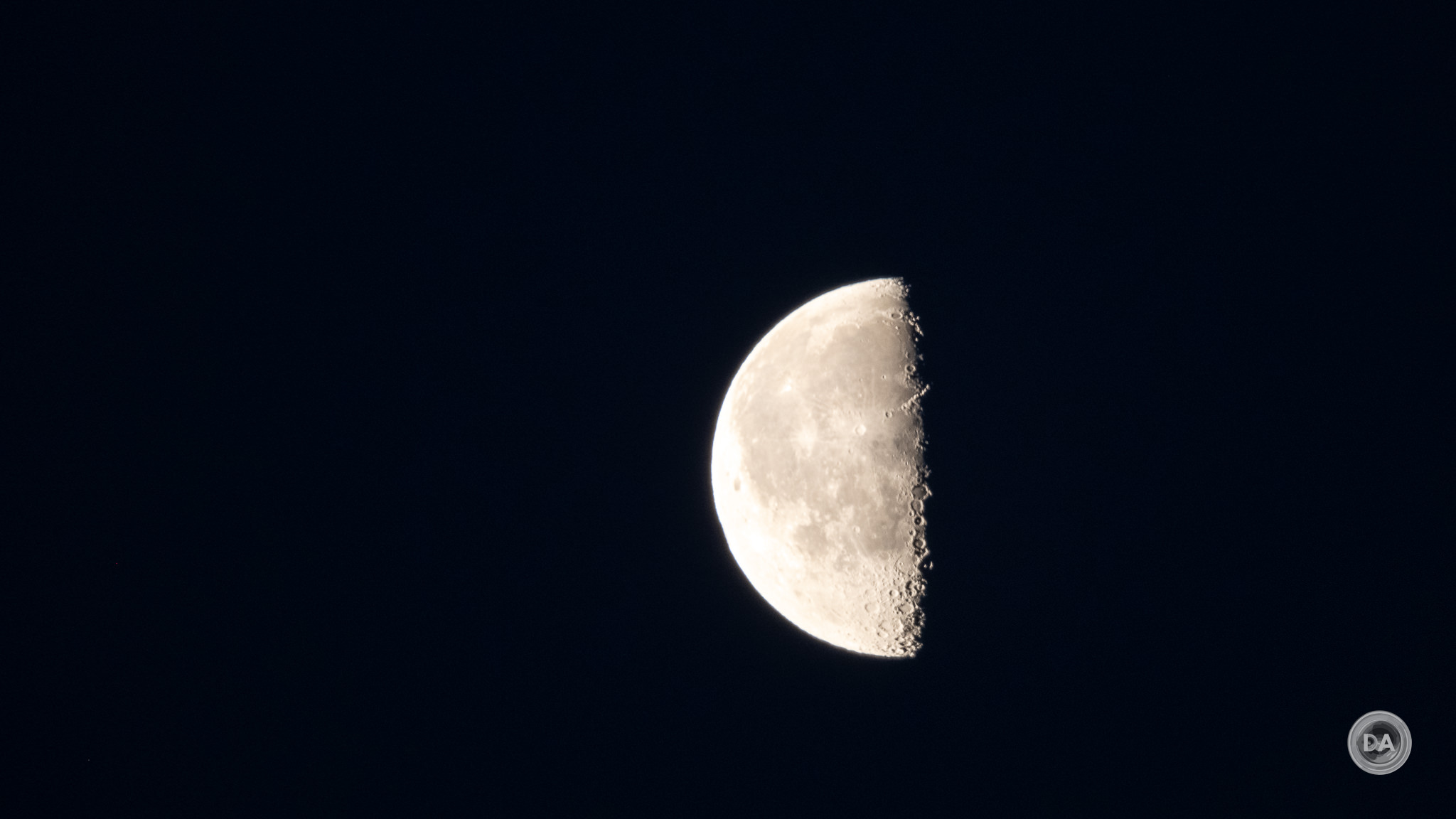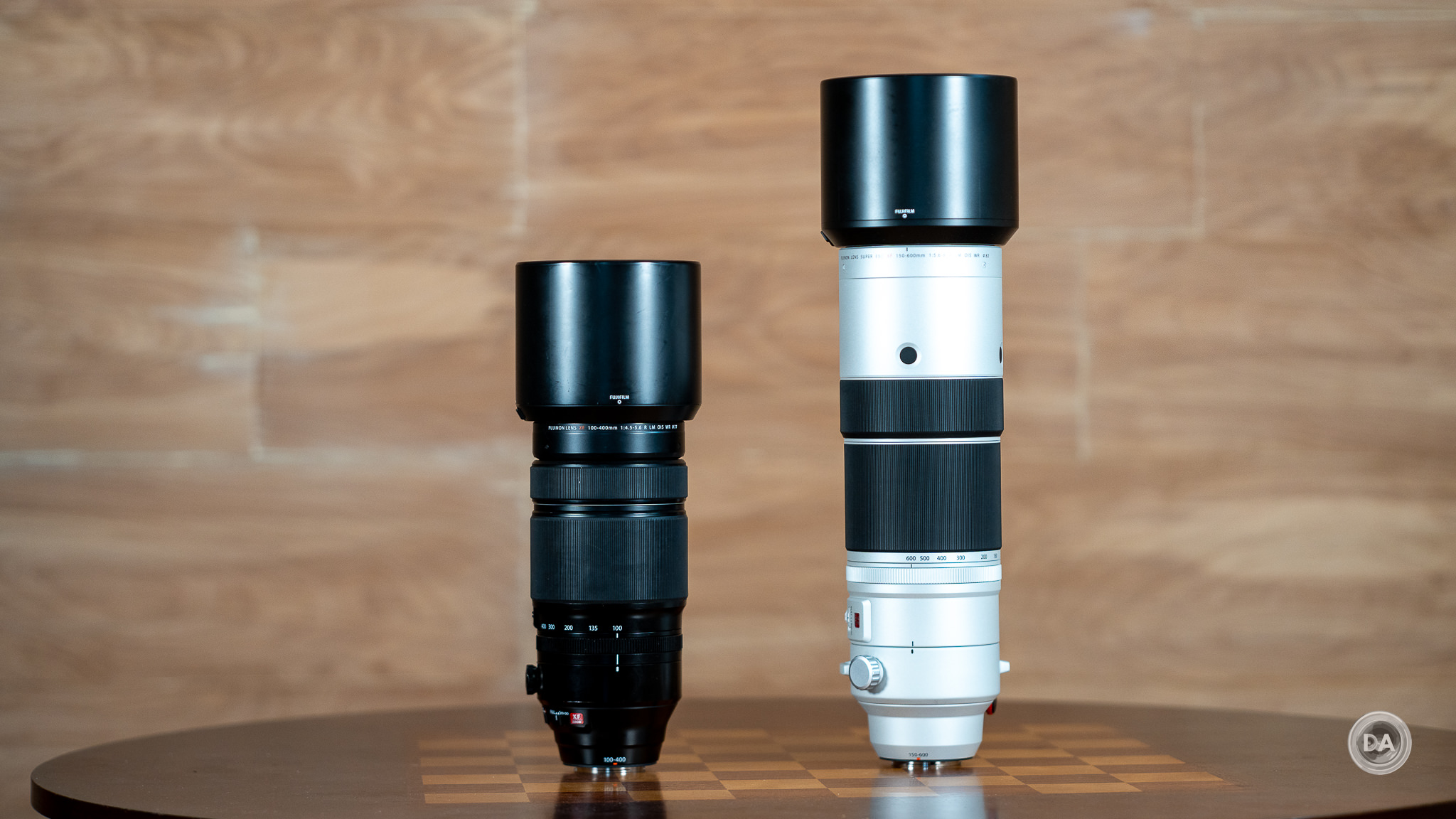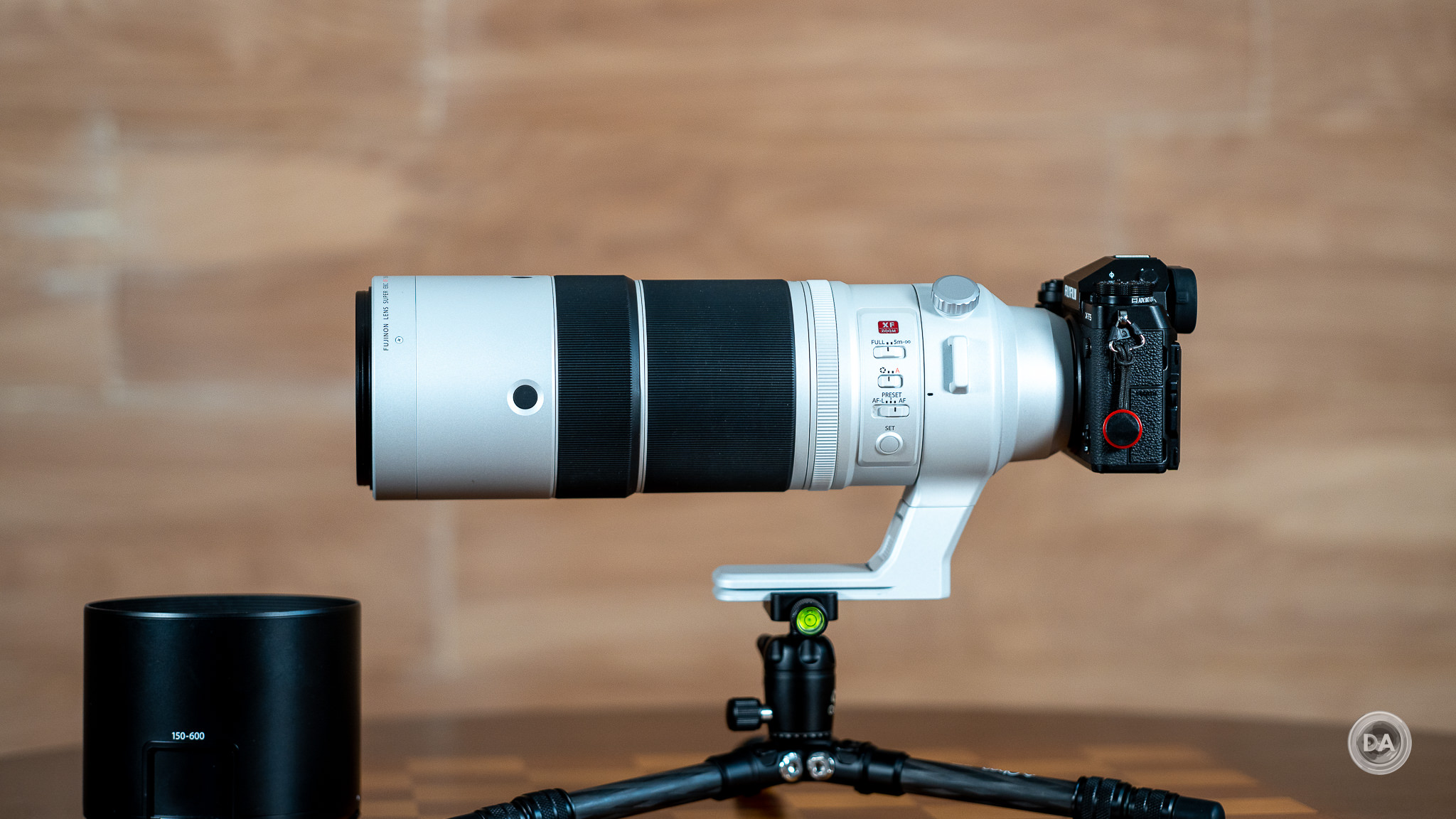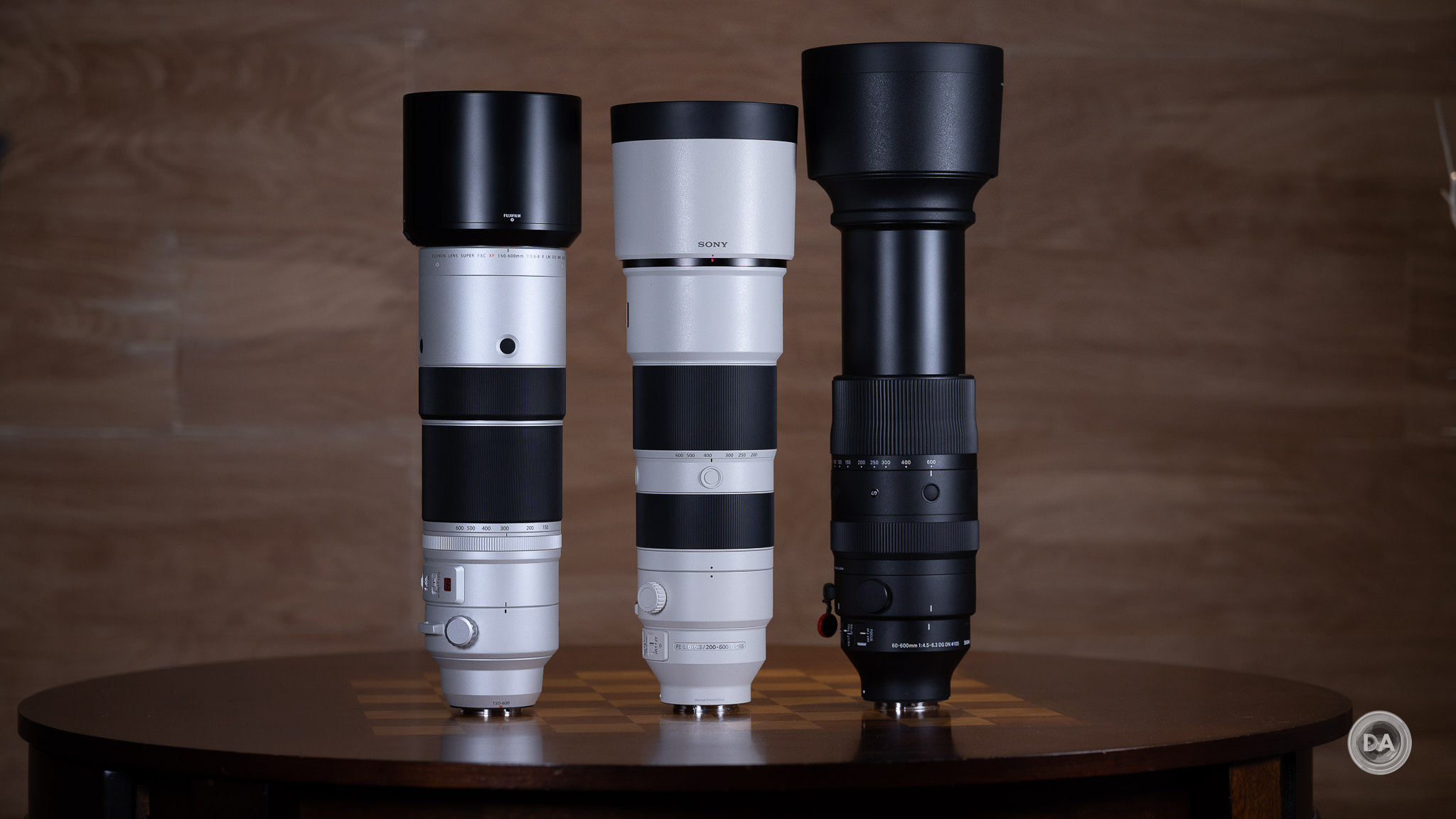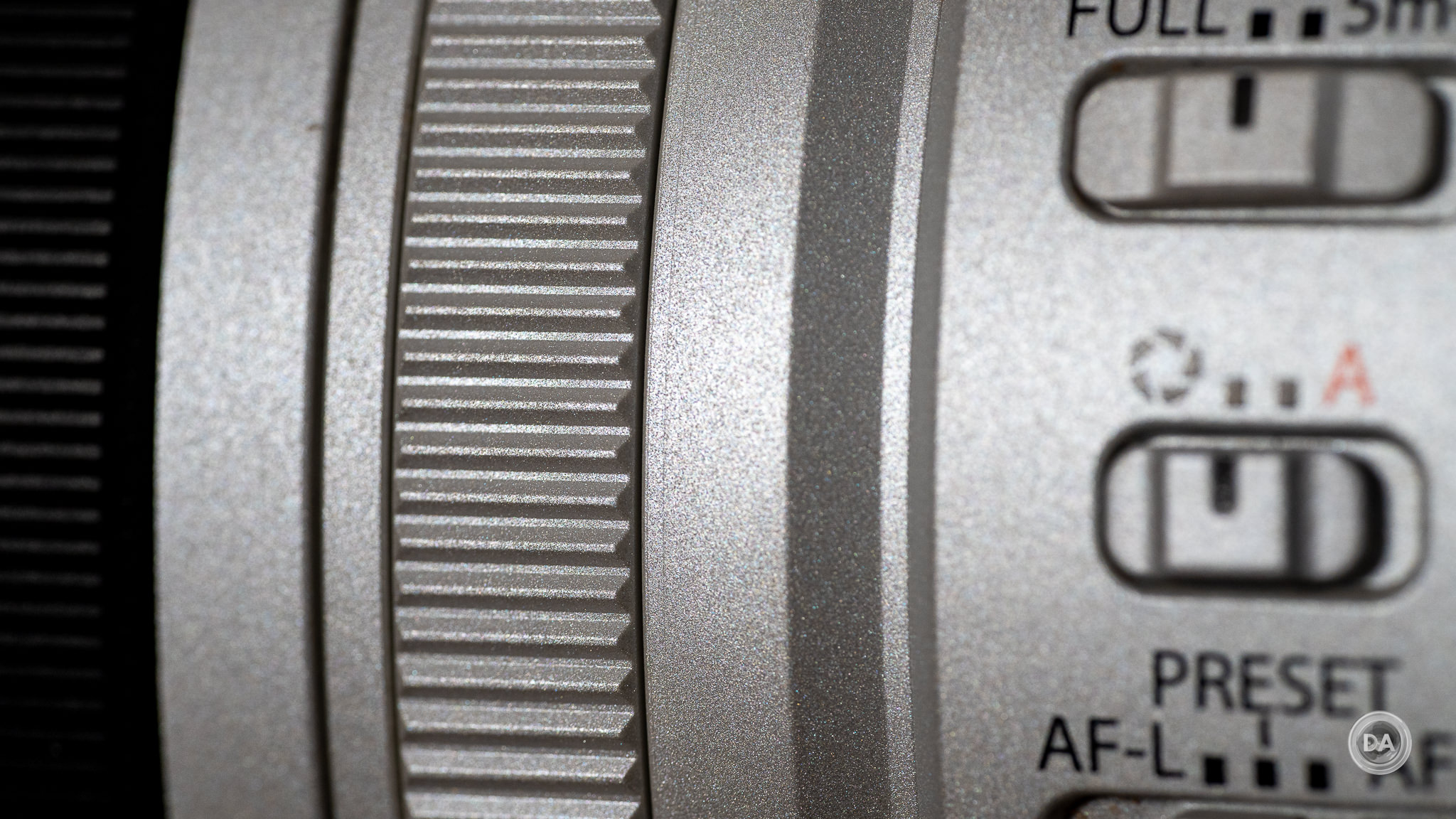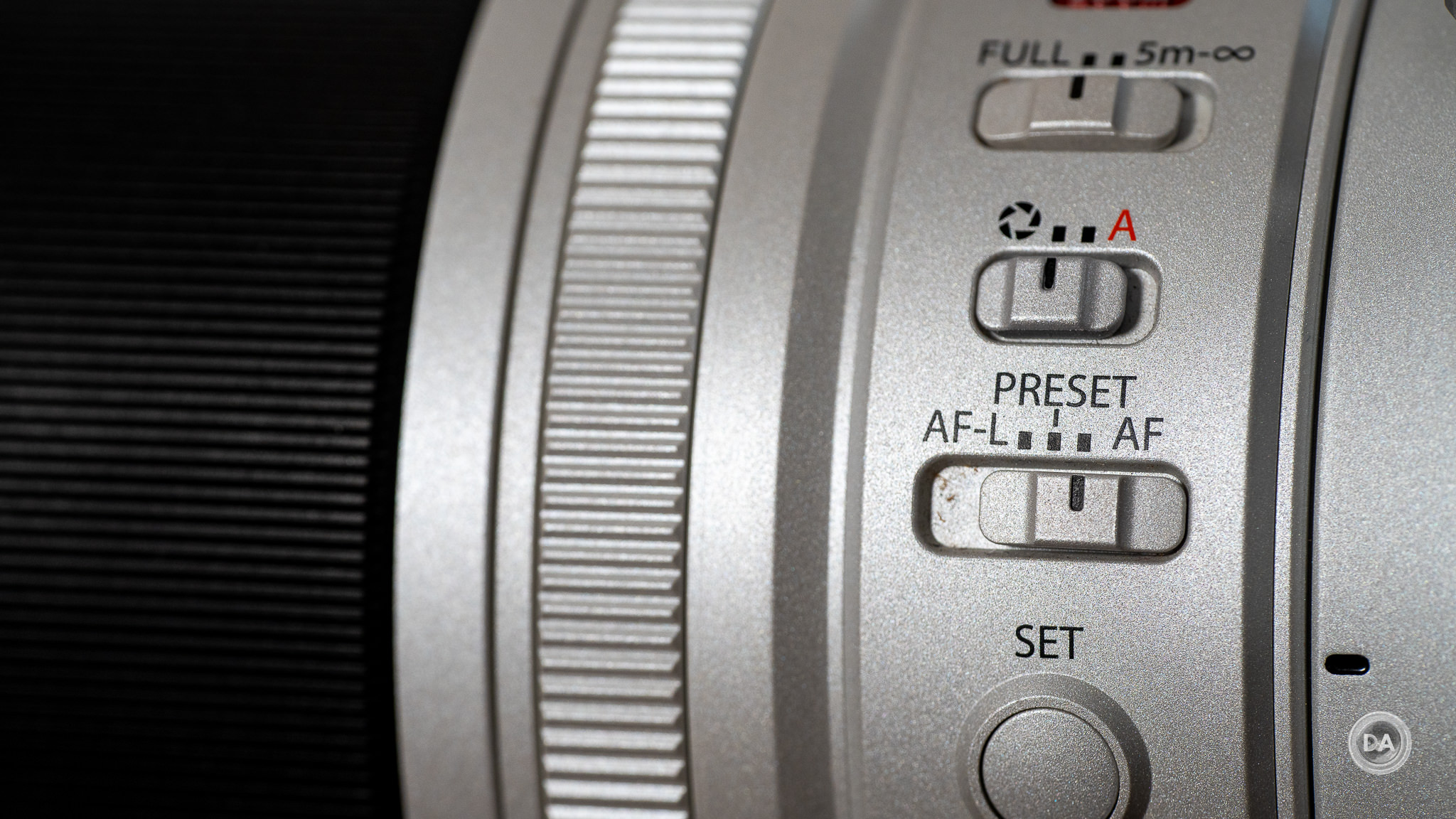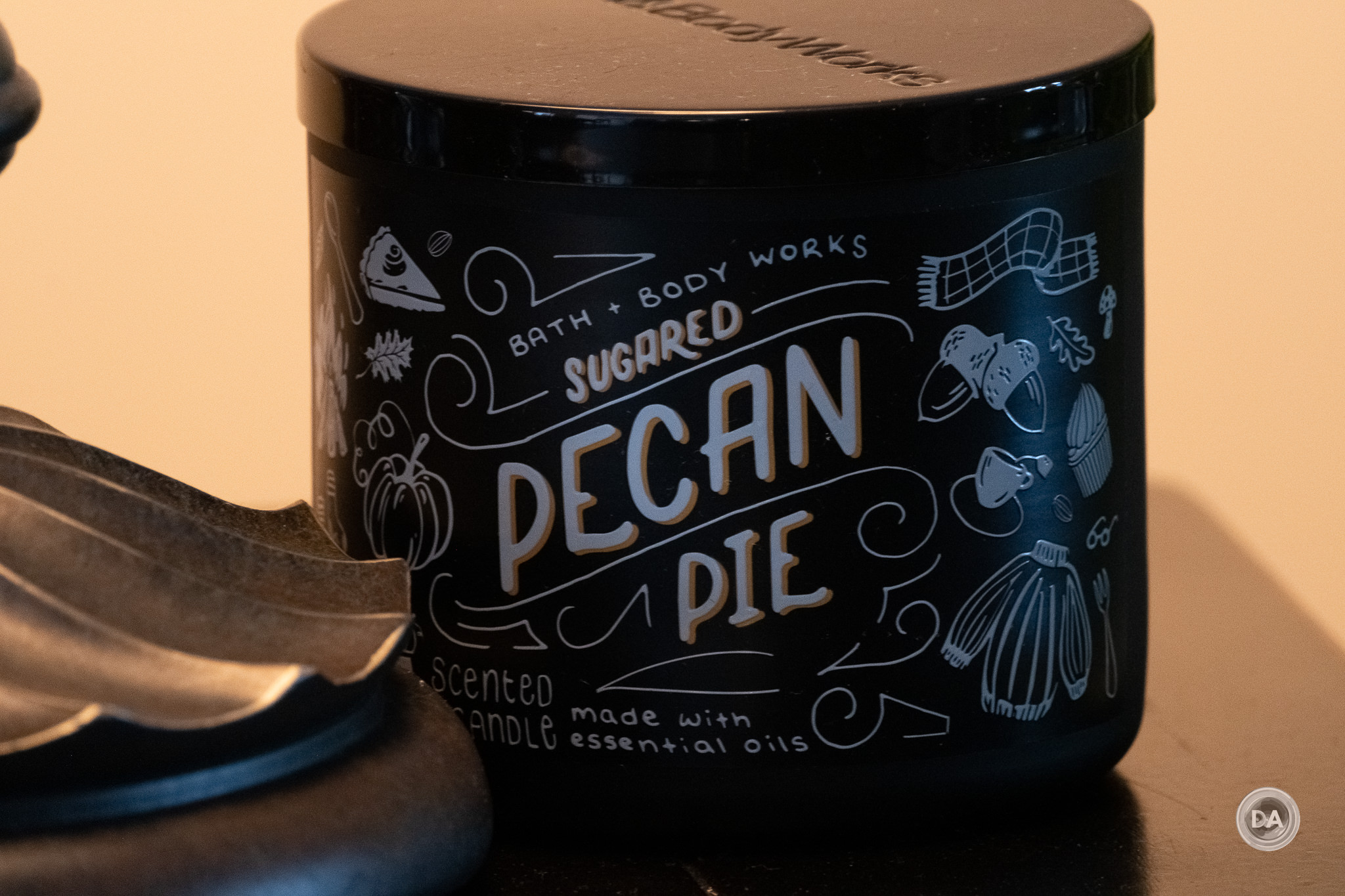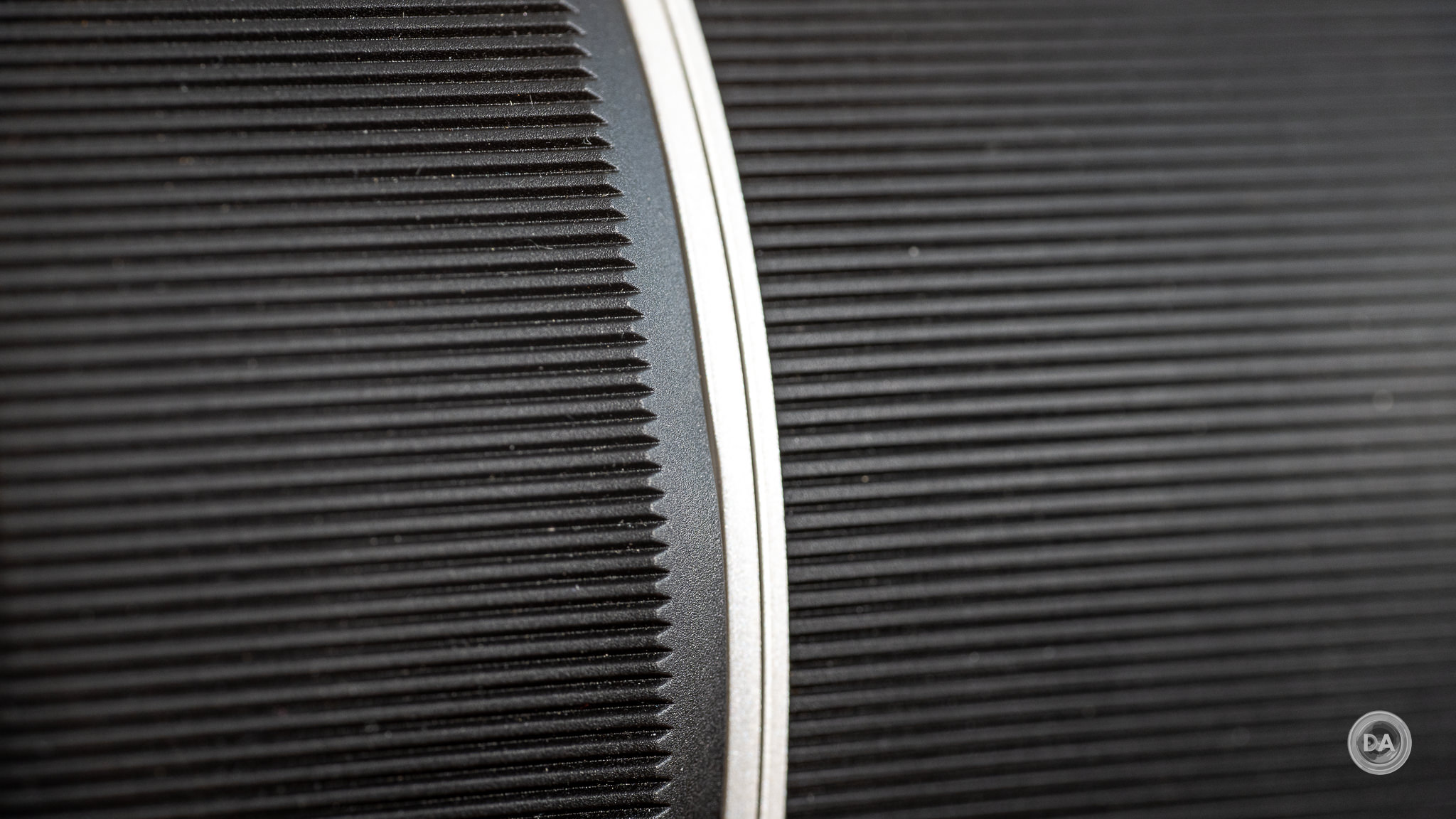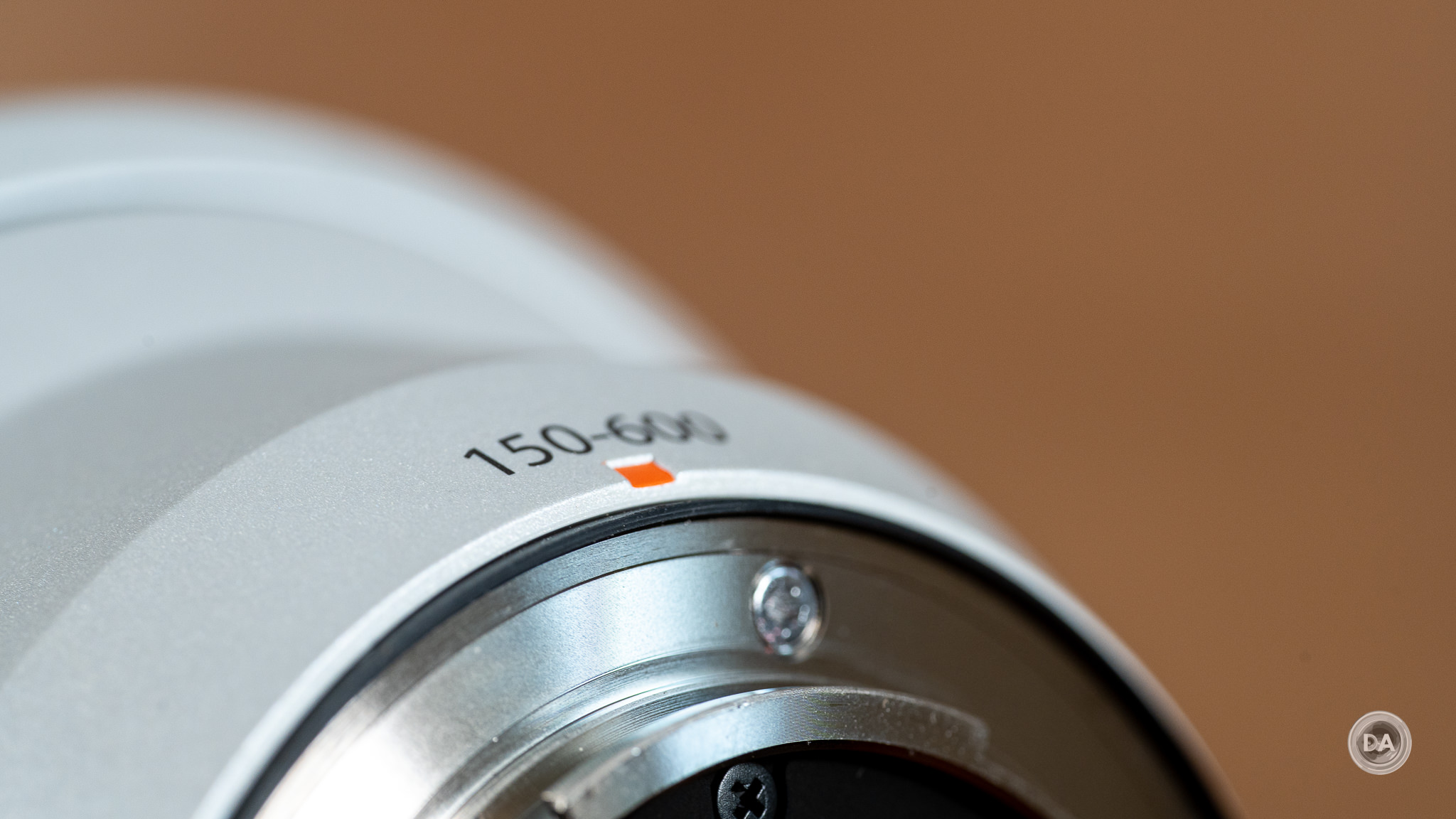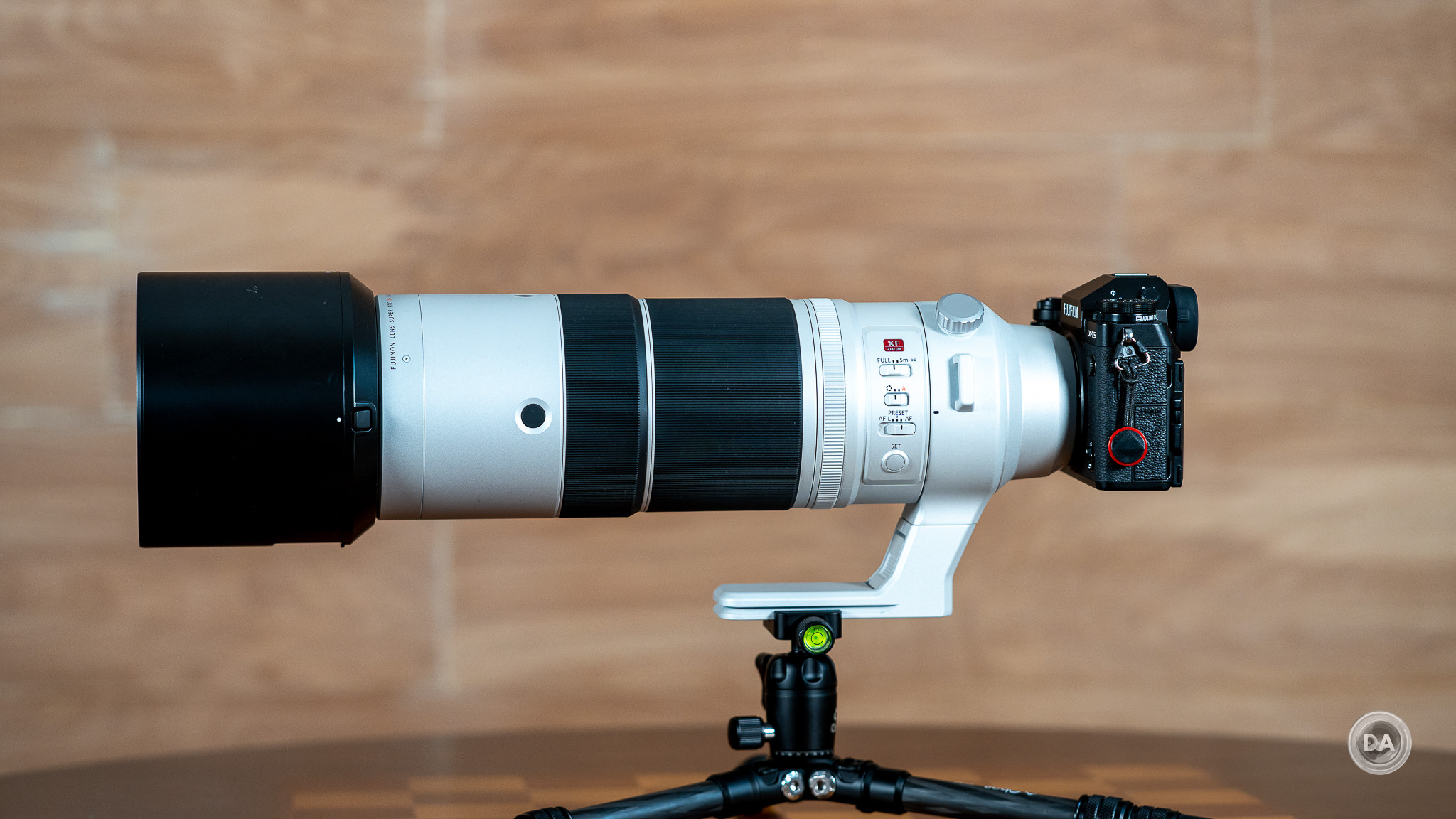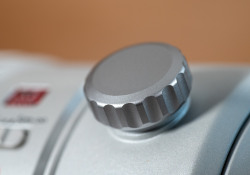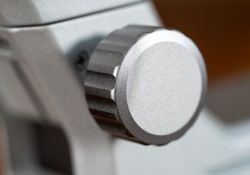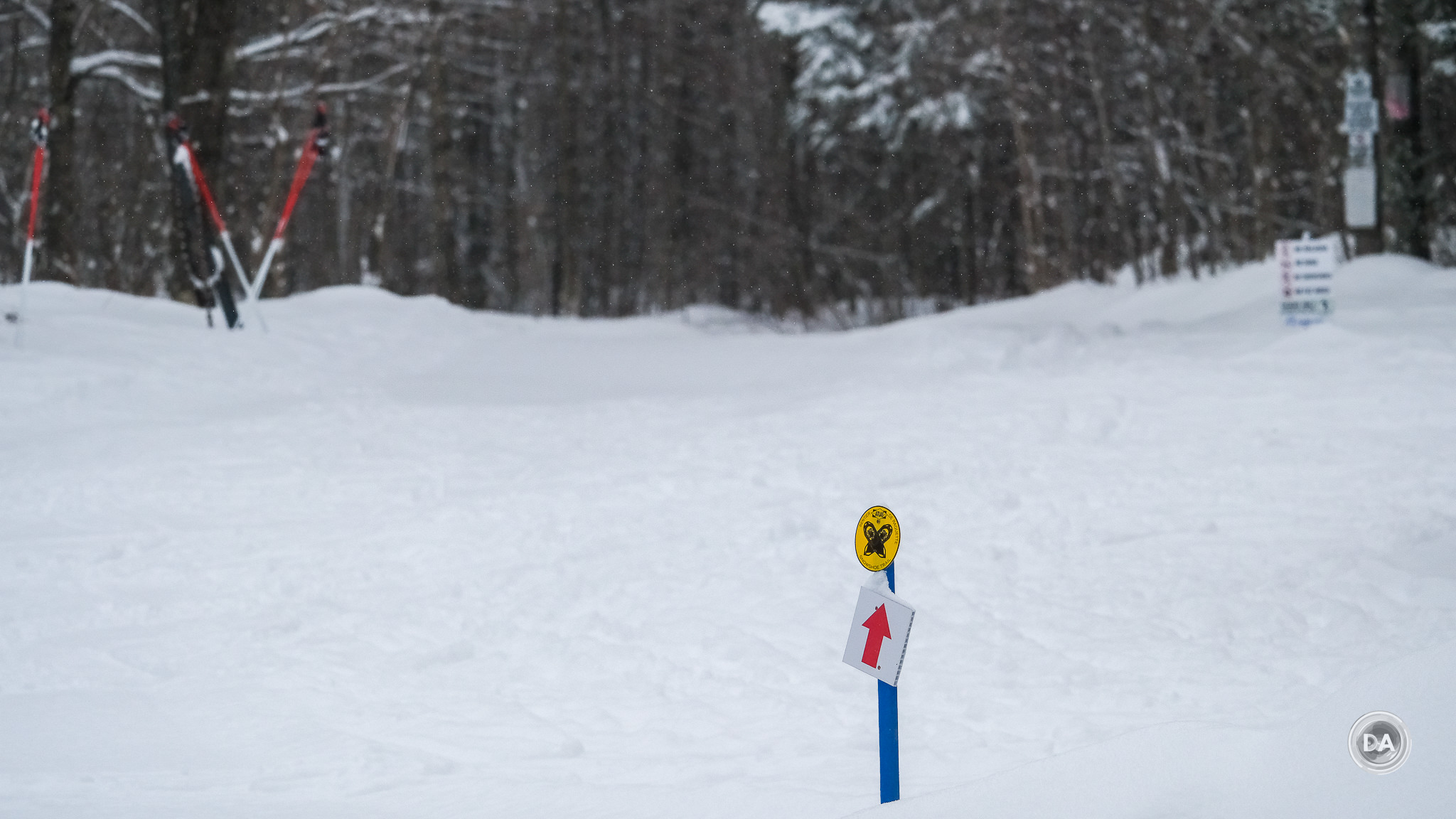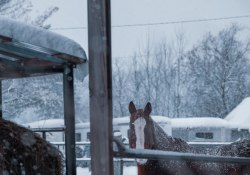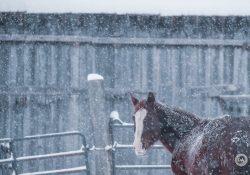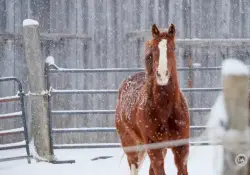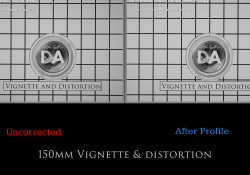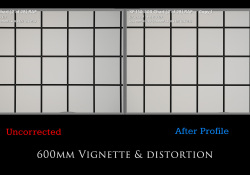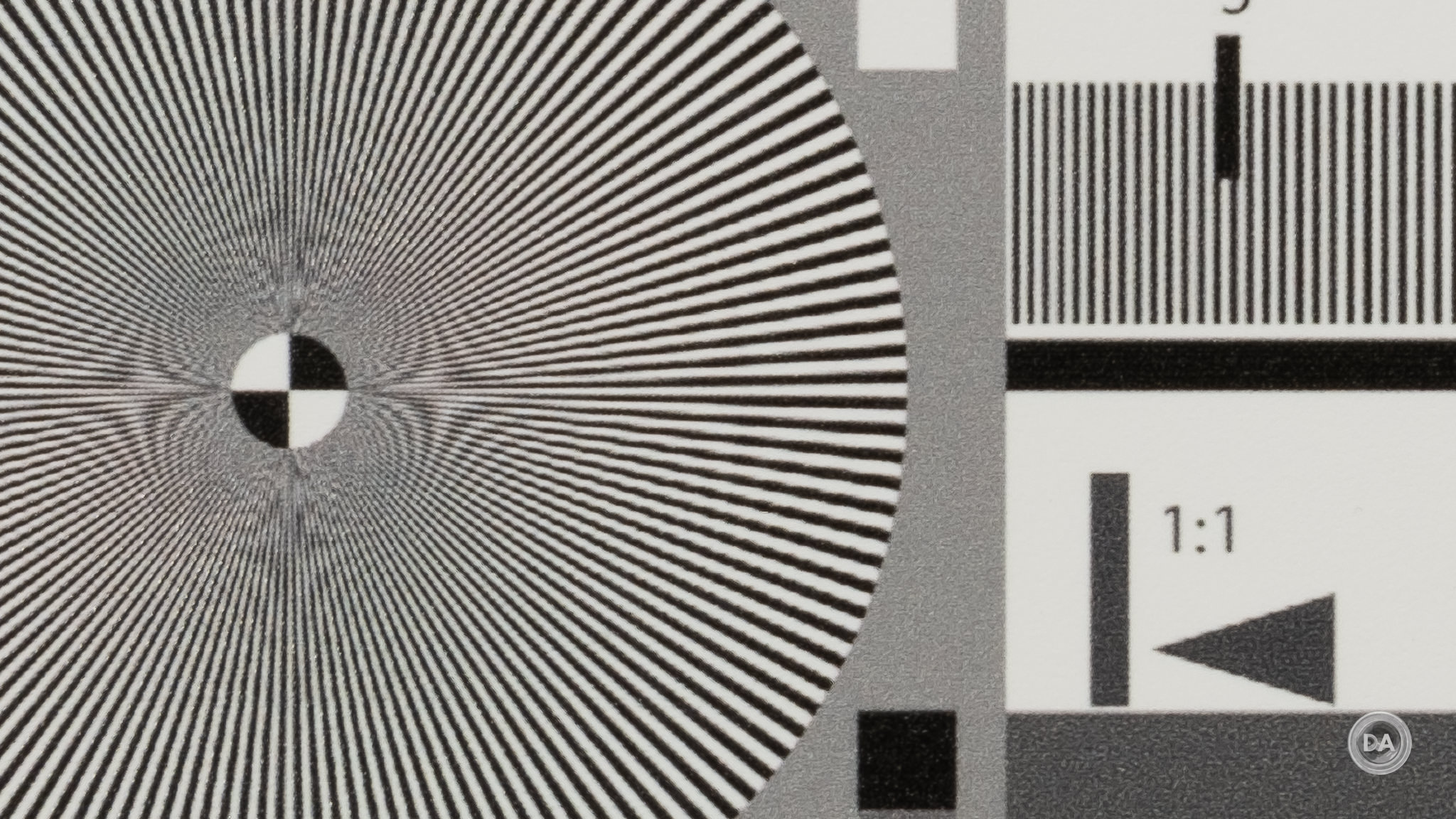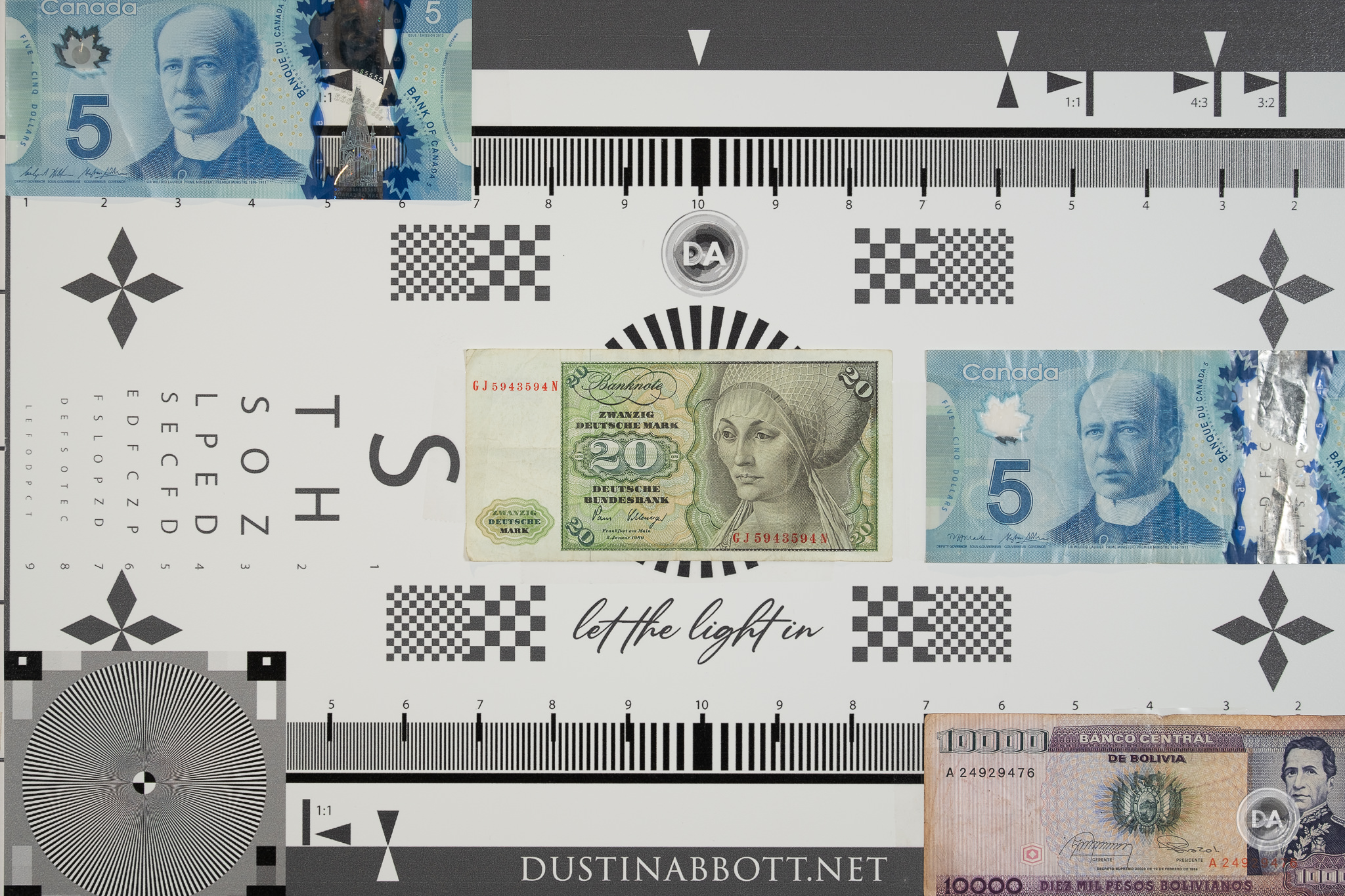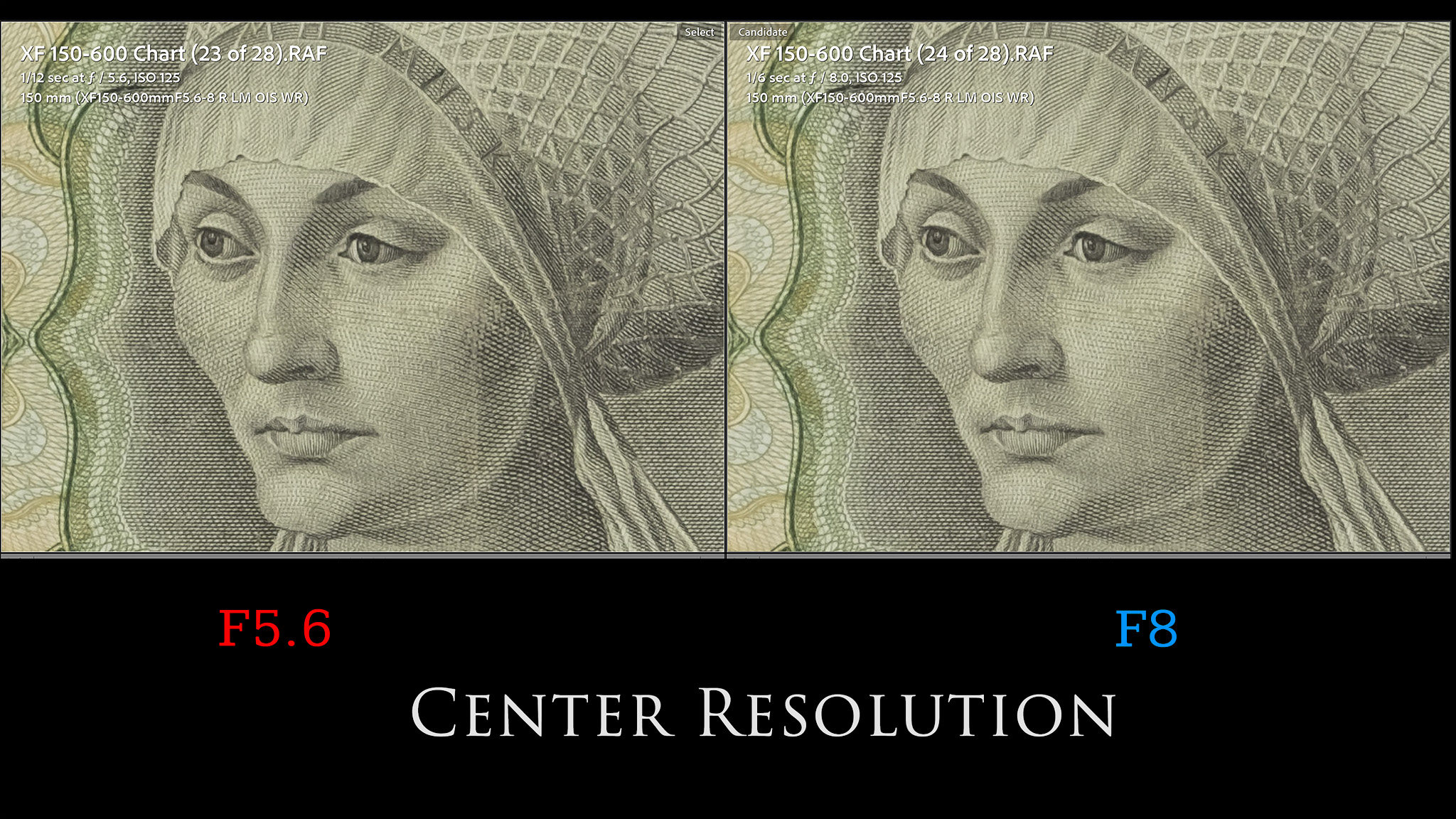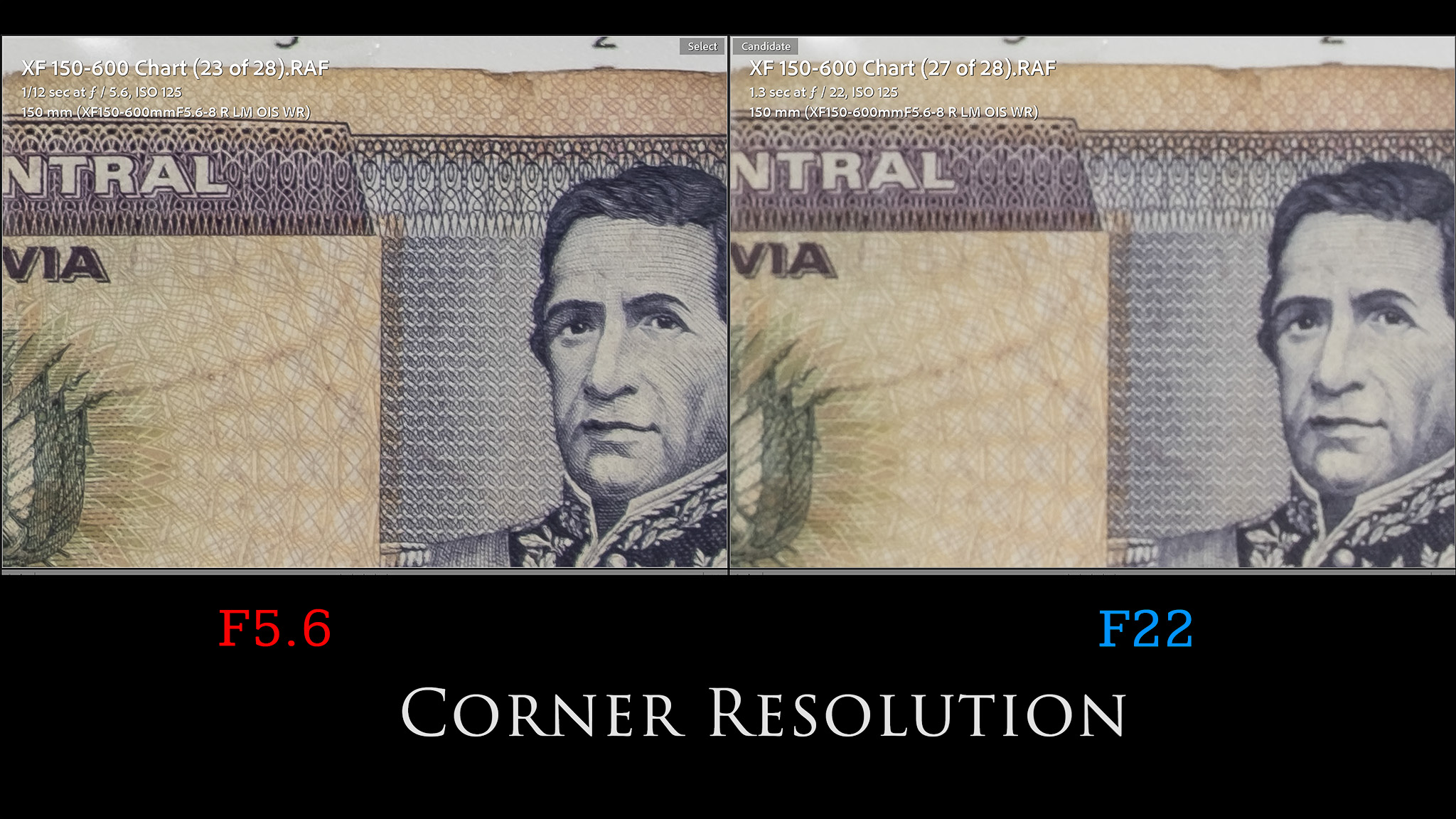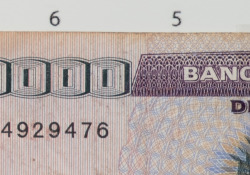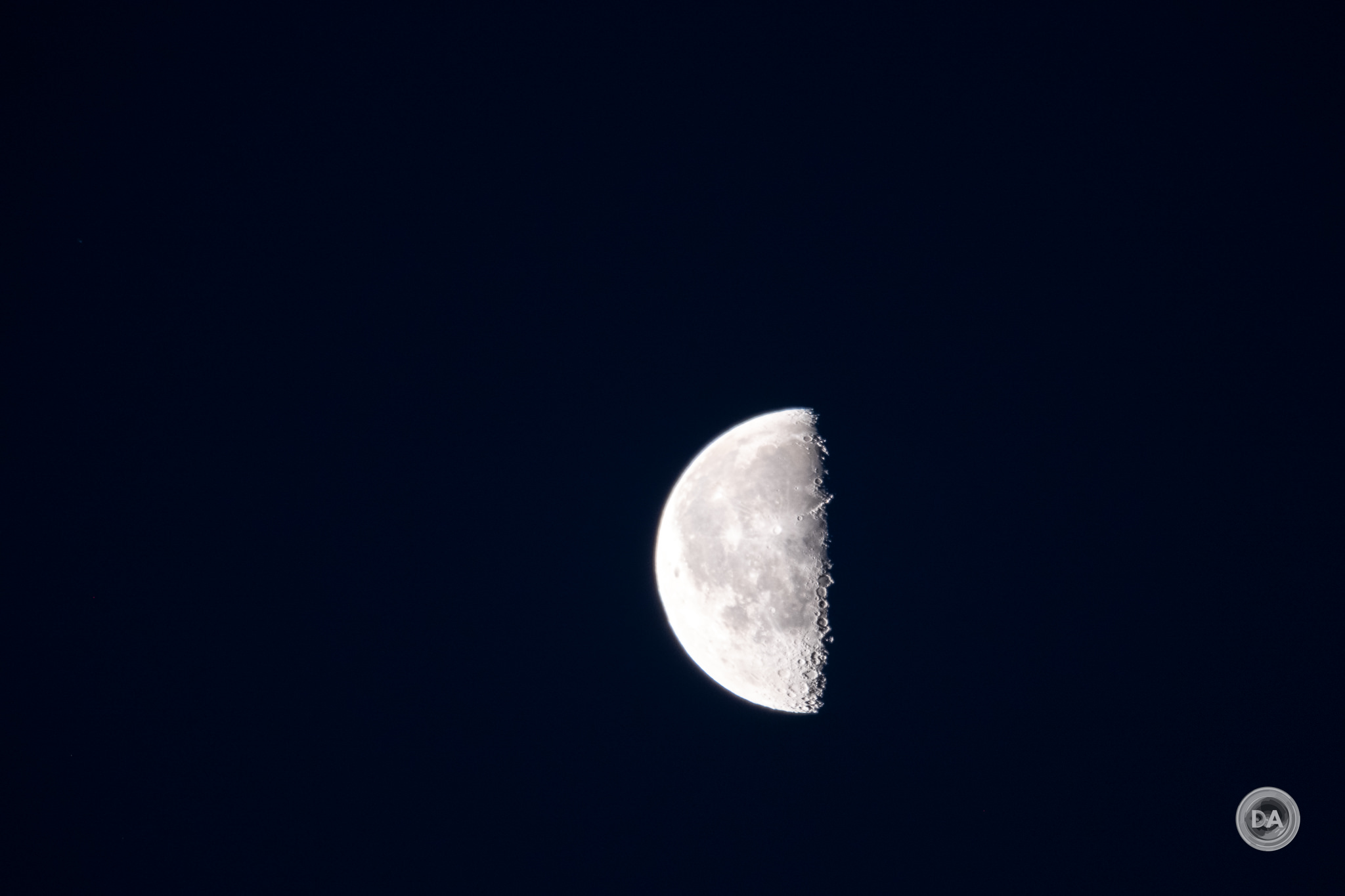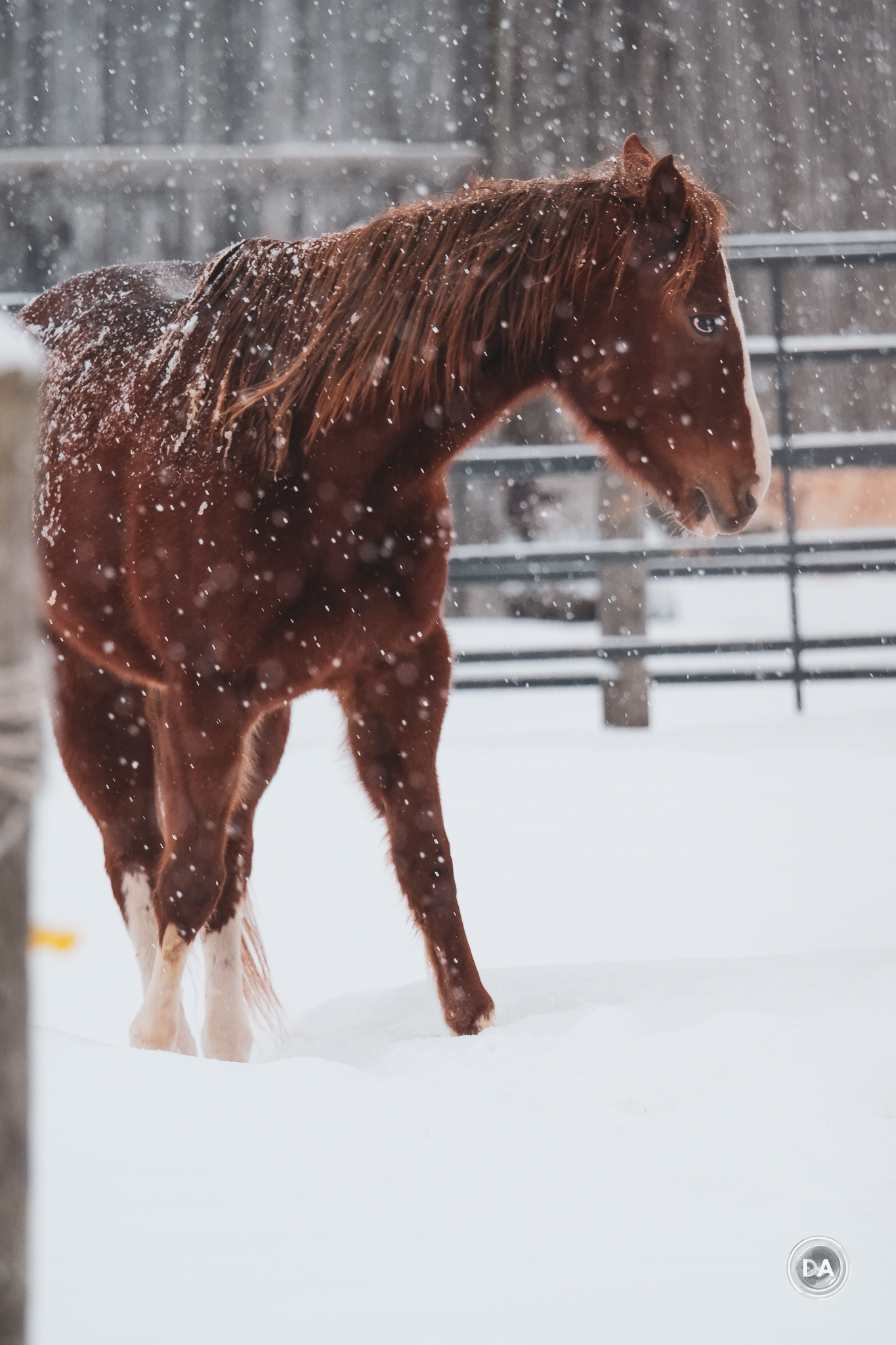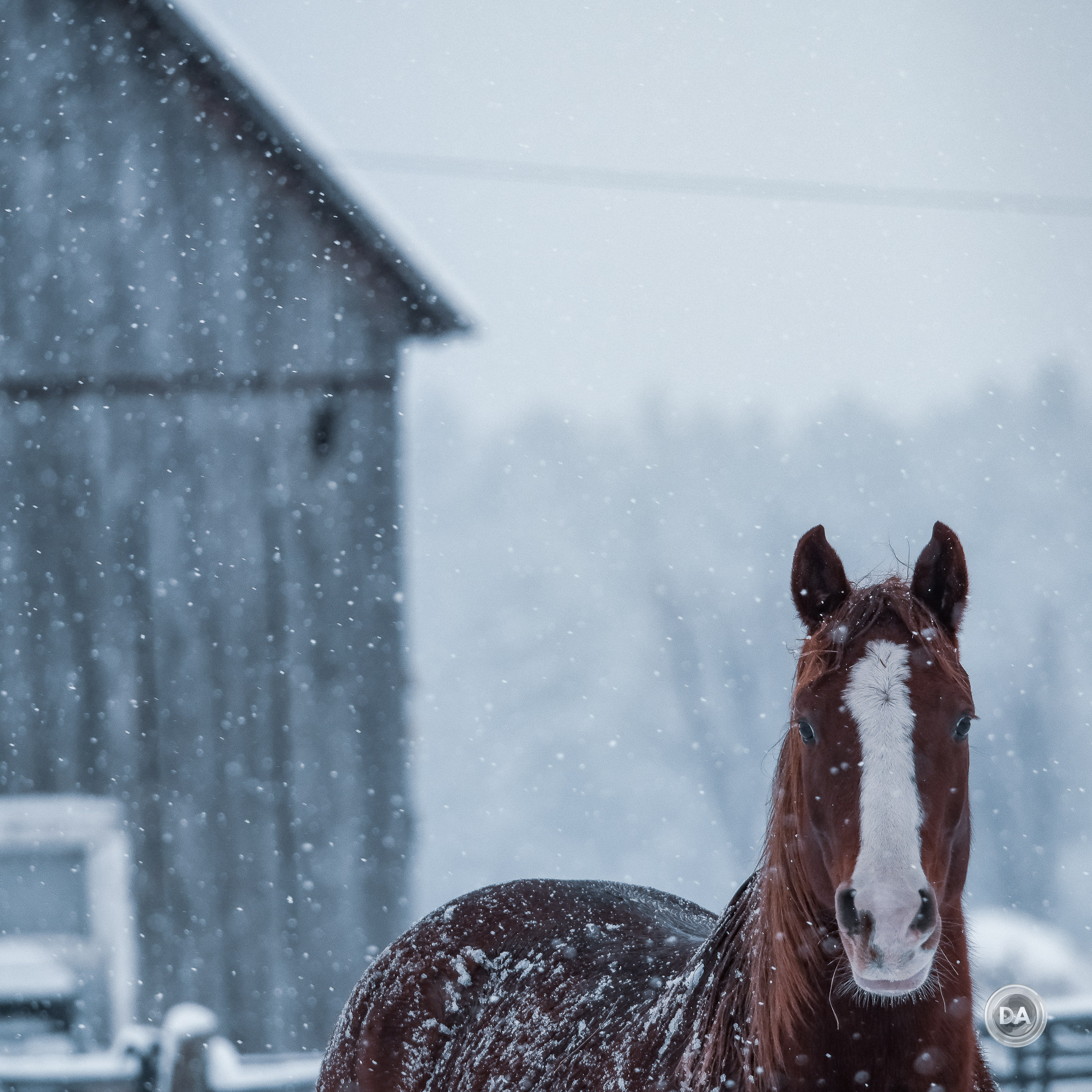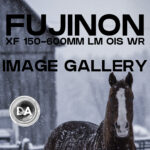The number of serious telephoto options on Fuji’s X-mount have been fairly limited in the past, with the standard 70-300mm (my review here), 100-400mm (review coming soon), and then the premium XF 200mm F2 lens (my review here). I loved the latter lens, but at a price tag of $6000 USD, it obviously isn’t for everyone. The 70-300mm is more of a consumer grade lens, so that left the 100-400mm as the sole professional telephoto zoom on the platform. Enter Fuji’s second lens to carry the silver finish of the XF 200mm F2 – the Fujinon XF 150-600mm F5.6-8 R LM OIS WR. This is easily the longest focal length on the X-mount platform, giving one the full frame equivalent focal range of 229-914mm, which can be stretched even further by the use of either the Fujinon XF 1.4x or 2X TCs (though with some serious limitations that we’ll note in a moment). For now, however, let’s look at the upside: the 1.4x allows you to reach to 900mm (1350mm equivalent) and the 2x allows you to reach to 1200mm (1828mm equivalent). That’s some serious reach!
There are a number of things about the XF 150-600mm that remind me of one of my favorite telephoto zooms – the Sony 200-600mm G – most notably the fact that it is a rare internally zooming long telephoto lens. That means that the XF 150-600mm is significantly longer than the XF 100-400mm for transport, though the difference in the two is much less with the 100-400mm zoomed out.
There’s a lot of positives about this lens, though there is also one significant hurdle to overcome in its design. The price tag of $2000 USD is only $100 more than the 100-400mm despite the additional reach and more premium look, so potential buyers are almost certainly going to directly compare between the two. We’ll try to highlight both the strengths and weaknesses of the lens in this review to help you make an informed decision. If you would prefer to watch your reviews, you can choose watch my definitive video review below…or just keep reading.
Check me out on: My Patreon: | Google+: | Facebook: | Twitter: | Flickr: | 500px: | Sign Up for My Newsletter :
Follow Me @ YouTube | Patreon | Instagram | Facebook | DA Merchandise | Flickr | 500px Thanks to Fujifilm Canada for loaning me the X-T5 and lenses for this review. As always, this is a completely independent review and my conclusions are my own.
Fuji XF 150-600mm Build and Handling
Fuji likes to essentially build the feature list of their lenses right into the name, so if you learn to “speak Fuji” you can quickly get a sense of what a lens does and does not have right from the name. In this case, the name includes R, LM, WR, and OIS, which is a pretty much all of them!
- R = Ring, or specifically an aperture ring.
- LM = Linear Motor, Fuji’s premium focus system
- WR = Weather Resistance
- OIS = Optical Image Stabilization, or in lens stabilization
This a premium lens, and, as noted, it is only the second lens to come with Fuji’s “silver matte” finish. The stated reason for the finish is to help keep the temperature of the lens down even when used in bright or hot conditions, though I have to confess I’ve never had an issue with a black lens even in the hot sun. The lens looks premium, however, and I find this particular finish very attractive. It mentally connects you to the high end 200mm F2 OIS, which is probably the point.
This is not a small lens. It is fairly narrow at 99mm (3.9″) and the filter thread at the front of the lens is only 82mm, but the lens is quite long at 314.5mm (12.4″). That’s less than 3mm shorter than the Sony 200-600G – a full frame lens. This is the longest lens that I’m aware of on the Fuji X-mount platform. Here it is alongside the Sony 200-600G and the new Sigma 60-600mm DN Sport.
It is fairly lightweight for such a large lens, however, weighing in at just 1605g (3.5lb). That’s more than 500g (about 1.1 lb) lighter than the Sony. Fuji manages that in part by putting an engineered plastic shell over a magnesium alloy frame. The lens should prove tough, but isn’t unnecessarily heavy, making it much easier to take into the field. The other way they have kept the weight down is by giving the lens a relatively small maximum aperture, but more on that in a moment. Here’s a look at how the overall specifications of the XF 150-600mm compare to these other lenses.
The most surprising addition here (at least to me) is the inclusion of an aperture ring. Most other brands do not include an aperture ring on zoom lenses, but we’ve got a narrow aperture ring here in between the bank of switches and the zoom ring. The aperture ring moves nicely with defined detents but doesn’t have any markings due to the fact that this is a variable aperture lens. You’ll have to track aperture changes from within the camera, and if you want to move into A (automatic) mode and control aperture from within the camera you’ll do so via the second switch down in the bank of switches. It switches between the aperture ring and automatic (in camera) control.
There are two other switches here. The first is a two-position focus limiter (Full and limited from 5M to ∞), while the bottom switch determines the function of the four function buttons on the cardinal positions towards the front of the lens. These buttons all have the same function, but they are redundantly placed to ensure that one will be ergonomically accessible however the lens is rotated. The three options for the function button are AF-L (focus lock), Preset, and AF drive (essentially like a back-button focus/AF-ON button). The Preset option allows you to set a focus position (via the SET button bellow the switch) and the lens will instantly return to that focus position when you press one of the function buttons. This could be really beneficial if you have a place where you regularly need to return focus to (a sporting event, for example), and it takes the guesswork out of focus.
What is not here, surprisingly, is an ON/OFF for the optical stabilizer or the ability to choose different modes for it (for panning, for example). I had the 100-400mm at the same time, and it does have an OIS switch. The optical stabilizer here is rated up to 5 stops and does a good job of holding the viewfinder steady even at 600mm. I was using the lens on the Fujifilm X-T5, which has very good in body image stabilization (IBIS), so it is hard to know where one stabilization ends and the other begins, but I was able to consistently get good results at 600mm and 1/15th second, which (considering the effective focal length of over 900mm) is a good 6 stops of assistance. The results were consistently good enough to let me know that I could push even further if need be.
As noted, this is an internally zooming lens. The typical tradeoff in this design is that it is less portable (you don’t get to retract anything) but that it is nicer to use in the field as the length of the lens remains the same and you can make quick zoom changes. It probably also helps with the weather sealing, as there is no “pump” action that could theoretically pull in some dust. I love the Sony 200-600G in the field, as you can make very quick zoom changes with a wonderfully light zoom action. Things aren’t as rosy here, unfortunately, as the zoom ring weight is heavier than it should be for an internally zooming lens. It takes at least as much force to zoom the 150-600mm as it does the copy of the externally zooming 100-400mm that I have on hand. On a positive note, you can go from 150 to 600mm in about a 90 degree rotation.
The manual focus ring moves nicer, with a nice damping and overall feel.
The XF 150-600mm has a thorough weather sealing with a total of 19 seal points, including the rear gasket, internal seals, and a fluorine coating on the front element.
The included lens hood feels a little discordant. It is black and feels very plasticky. There is a lock on it plus a sliding window for rotating a circular polarizing filter if you have one mounted, but there isn’t a rubberized transition point at the front to help with bumps and setting the lens down. I liked the matching lens hood with the killer green accent on the 200mm F2 better.
The tripod collar can be loosened via a knob and easily rotated. There are markings at the four points of the compass but no detents. The tripod foot is fairly large and is far enough out from the body to make for a good carrying handle. The foot is Arca-swiss compatible, which means it is grooved and designed to be able to go right onto a tripod without a quick release plate. I vastly prefer this design to the one on the 100-400mm.
The tripod collar itself cannot be removed, but the foot itself can be easily removed via a second tension knob and a switch you depress to release it.
You can focus as closely as 2.4 meters (not particularly close), but the amount of magnification available is a pretty decent at 0.24x.
Up close performance is fairly good, with decent detail and contrast along with a nicely flat plane of focus.
Overall this is a nicely built lens that looks and handles like a much more modern lens than the similarly priced XF 100-400mm.
Fujinon XF 150-600mm Autofocus Performance
The Fujinon XF 150-600mm comes equipped with a linear focus motor, and that motor does the job of moving focus quickly and smoothly. Fuji claims that focus acquisition takes place in as little as 0.15 seconds, and in ideal conditions autofocus is nice and snappy.
The world isn’t always ideal, however. I had more than a few situations even with the high powered FUJIFilm X-T5 where I had a difficult time getting the lens to focus where I wanted. My review period began at the end of December and through the first several weeks of January, so I shot in snowy conditions fairly often. I found that in those conditions the lens sometimes had a difficult time nailing focus. I was carrying a Sony full frame combination (with the new Sigma 60-600mm DN Sport), and that combination focused with greater confidence in those situations. That was with an inanimate object, however, like trying to focus the marker at the beginning of the trailhead.
I shot a series with some horses in the falling snow and got better focus consistency when the AI of the camera had a trackable subject.
Likewise I had a difficult angle on a squirrel high in the trees above me, but the camera/lens combo did an effective job of focusing on the subject and ignoring the branch in the way.
One of the significant challenges for a lens with this small of a maximum aperture at the longer end is that dim lighting conditions are going to create a challenge. Lenses with a larger maximum aperture might be stopped down to F8, for example, but the lens can open up the aperture to a larger setting to gain additional light for focus and then stop back down. But when the physical aperture is F8, that’s the maximum amount of light that can be let in. A lens like the 150-600mm is going to work better with decent lighting. I found that focus slowed WAY down in dim lighting, with it not being unusual to have several seconds before focus showed lock…though I’ll also note that I did end up with correctly focused results in the end.
Focus accuracy was generally good. I was able to shoot a variety of subjects and get consistently well focused results.
I did some action sequences where I shot at maximum burst speed while tracking a runner moving towards the camera. In the hundreds of images that I captured I saw generally very consistent tracking of the eye and good focus. I saw about 2 images per burst that had a very minor back focus swing, but in general I was very pleased with the performance while tracking action. Here’s one sequence from those tests:
In general I think that photographers will be happy with the quality of focus, though if you are trying to stop action, prepare to be at very high ISO settings with this lens. I consistently found myself at higher ISO settings than I prefer to get my shutter speed where I wanted, and that comes with a price tag. There’s more grain, less dynamic range, and thus less latitude for processing images.
- 150-182mm = F5.6
- 183-310mm = F6.4
- 311-520mm = F7.1
- 521-600mm = F8
At no point is this lens “fast”, and for most of the focal range F6.4 is as fast as it gets, with nearly half of it at F7.1 or smaller. If you add the teleconverters, you have to decrease the available maximum aperture by one (1.4x) or two (2x) stops, meaning that maximum aperture with the 2x TC is F16 at 600/1200mm. That will slow autofocus way down.
It’s not like there are any real options at this kind of range, though, and you can buy three of these lenses for the price of the 200mm F2, and even with its 1.4x TC you are only getting 300mm of reach. That’s not really the same thing.
Fuji XF 150-600mm Image Quality Breakdown
The Fuji XF 150-600mm has a fairly complex optical formula, though that is unsurprising in such a lens. We have 24 elements in 17 groups, and includes 3 ED and 4 super ED elements. A look at the MTF charts shows a pretty consistent performance between the wide and telephoto ends, with a near perfect center performance and a relatively mild dip towards the edges of the frame.
I tested the lens on the punishing 40MP sensor of the X-T5, and that kind of resolution/pixel density is unforgiving. Fortunately the XF 150-600mm is good enough to mostly weather the storm.
Fuji’s correction profiles are typically quite good, but I’ll turn them off to take a look at the actual lens performance when it comes to vignette and distortion. First at 150mm, then at 600mm:
I was pleasantly surprised by what I saw. There is really very little being corrected there at all.
I also little in the way of chromatic aberrations. I took a number of photos of brightly backlit objects like this where longitudinal CA (LoCA) could turn up, but everything looks nicely neutral to me here.
There’s also very little off lateral CA (LaCA) to be seen in the transitions from black to white on my test chart.
Good news thus far. Let’s move onto resolution and contrast. Here’s a look at my test chart that the crops will come from (40MP images from the X-T5):
If we take a look at the crops (about 175% magnification) at 150mm, F5.6, from the center, mid-frame, and corner:
What we find is a nicely consistent performance. I’m not quite as wowed by the center of the frame sharpness and contrast as the MTF chart suggests I should be, but that is very likely due in part to the higher resolution of the X-T5. I’m more impressed by the consistency in the midframe and corner performance, which looks quite good.
It’s here that we encounter the big challenge to a lens with a small maximum aperture mounted on a large resolution body. In theory, diffraction starts on a camera like the X-T5 somewhere around F6.3. The effects of diffraction can start to cause some softening of the image and a reduction of contrast that increases as the aperture becomes smaller (for more on this, see this article). Most lenses achieve their maximum sharpness when stopped down a bit (on average I find that peak sharpness across the frame arrives about two stops down from maximum aperture. A lens with a maximum aperture of F2.8, for example, will often peak in sharpness around F5.6. There’s always some variation from lens to lens, obviously, but this will work as a rule of thumb. When you start at F5.6, however, the potential peak performance would arrive at F11, and, when starting at F8 (as this lens does later on), that peak would be at F16. But because diffraction is already kicking in shortly after F5.6, you are caught in somewhat of a catch-22. Stopping down typically increases sharpness, but because of the DLO limit of a high resolution body, diffraction starts to limit sharpness fairly early.
What does all of this mean? It means that I don’t really see much advantage to stopping down with the XF 150-600mm. Here at 150mm I don’t find that the lens gets any sharper when stopped down to F8:
Performance at F11 has even less contrast, and by the time you reach the minimum aperture of F22, the image has become quite low contrast:
If you are shooting with one of the lower resolution bodies (24 or 26MP), you’ll have more flexibility on this (diffraction starts at F8 or slightly smaller for these bodies), but if you are shooting on one of the newer 40MP bodies you probably won’t get additional sharpness or contrast by stopping down.
At 200mm our maximum aperture is not F6.4, and I found the image quality results slightly softer across the frame than at 150mm. That’s probably a combination of the natural optical performance of the lens along with a bit of diffraction. Despite the diffraction challenge, however, I found that my results were better at F8 than wide open, though diffraction softened things up some by F11. You can see from this midframe comparison that the results look better at F8 than F11.
At 300mm (still F6.4) I found a similar pattern, with my peak performance coming at F8:
By 400mm(ish) I found a fairly similar result. Maximum aperture is now F7.1, which means that even wide open we are losing a bit of lens sharpness to diffraction.
By 600mm our maximum aperture is F8, so unfortunately I can’t even see maximum results without some diffraction softening, but the lens also seems a little sharper to me at 600mm than the middle focal lengths. I will also note that the effective focal length of over 900mm is too long for my testing space, so I’m framing my test chart a little tighter can can’t fit the whole chart in. Here are the crops from across the frame.
Stopping down to F11 neither made the image quality better or worse (the lens was a little sharper but diffraction was a little more pronounced). In most situations I would suggest staying at F8 as it will be easier to get a fast enough shutter speed to stop the action.
I would suggest that the best current pairing for the XF 150-600mm is the X-H2S. It delivers the autofocus, burst rate, and deep buffer that takes advantage of a sports/wildlife lens like this, but it also has the more moderate resolution of 26MP that won’t get hammered as much by diffraction. If you want to shoot a high resolution body, the 100-400mm might be a better choice for the simple reason that it reaches a maximum aperture of F5.6 on the telephoto end, and might give you a little more versatility on stopping it down.
I actually felt like the 150-600mm performed a little better in real world results than what my chart testing suggested. This shot of the moon at 600mm looks quite crisp:
Likewise this shot of leaves (also wide open at 600mm) looks quite good.
This shot of Nala at 435mm shows beautiful detail and contrast.
My capture of this red squirrel also looks good at 600mm:
The good contrast and color of the lens made me feel like images looked better than sometimes what the detail at a pixel level suggested, and when you consider that few people will actually see your images at a pixel level, I suspect that the image quality come across pretty well.
Long telephotos are more likely to be affected by things like thermal variations, heat waves, and smoke, so know that sometimes images will have an almost painterly effect that has everything to do with thermal variations (shooting over water, here) and nothing to do with lens performance.
That being said, I tested the new Sigma 60-600mm DN Sport for Sony E-mount cameras at the same time as the XF 150-600mm, and I was generally more impressed with image sharpness on the similarly priced Sigma lens than with the 150-600mm. Tamron is now selling their 150-500mm VC VXD lens in a Fuji X-mount, and it is also a very sharp lens.
The quality of the bokeh on the XF 150-600mm is going to vary from scenario to scenario. At 600mm and at closer to medium distances it is possible to completely compress and blur the background, as here:
There is a bit more outlining on some of the specular highlights than what I would like, but the general quality of the blur is nice.
With a bit shorter focal range (300mm here) and a similar distance, you’ll see more of the background.
Again, there is a little more outlining than what I would like, but I still like the image.
At a longer distance the lens can still provide some decent separation from the subject, though it won’t compare to a faster lens on a larger sensor.
I often find that Fuji glass has very nice color performance, and that is the case here. Colors were rich and yet natural and I generally liked the “global” look of images.
Optically the XF 150-600mm is caught in a bit of a trap, as it arrives just about the time that Fuji is really pushing the envelope in terms of resolution with its most recent bodies. Physics is playing a bit of a mean trick here, but I also generally liked the images that I got with the lens and appreciate the versatility of that incredible zoom range. Check out the image gallery to see more of those images for yourself and to draw your own conclusions from them.
Conclusion
My first look at the Fujinon XF 150-600mm F5.6-8 R LM WR OIS immediately jogged my mind back to the XF 200mm F2, a genuinely incredible lens. The lens has a premium look and the general concept reminds me of one of my favorite lenses of this type: the Sony FE 200-600mm G. Both lenses are internally zooming, large, and white(ish), but the Fuji didn’t leave me as wowed at the end of the day. I generally liked the lens in terms of the handling and autofocus, but I also felt like the slow maximum aperture was a less than ideal pairing for the high resolution body that I tested it on. I ended up at a higher ISO setting than what I would like on a regular basis, and high resolution bodies tend to a be a little less forgiving at higher ISO values.
In good light, however, I felt positive about the autofocus and tracking capabilities of the lens. The AI learning on my X-T5 had no problem grabbing and tracking the eye of my runner, and I saw consistently good autofocus throughout my bursts.
The build quality here is very nice, and some photographers will the ability to preset a focus distance and immediately return to that at the press of a function button very useful. I prefer an internally zooming lens out in the field, and wildlife photographers will really enjoy the ability to quickly change zoom positions.
As noted earlier, I feel like the best pairing for the XF 150-600mm is going to be a camera like the X-H2S with its high burst rate, deep buffers, and 26MP resolution. It will take advantage of the sport/wildlife capabilities of the lens without being as penalized for the slower maximum aperture. So long as you working with decent light, the XF 150-600mm OIS is going to deliver nice results for you. If you need to shoot in dimmer light conditions, however, you had better start saving for that other white/silver Fuji lens, as the 200mm F2 (or 280mm F2.8 with the TC) is still the only “fast” telephoto option on the platform.
Pros:
- Extreme reach
- Finish looks sleek and upscale
- Weight is manageable for such a big/long lens
- Internally zooming design is better to use in the field
- Robust weather sealing
- Fast autofocus from Linear motor
- Has a lot of physical controls
- Colors are very rich
- Low levels of chromatic aberrations
- Fairly nice bokeh
- Sharpness is reasonably consistent across the zoom range
Cons:
- Slow maximum aperture is limiting on multiple levels
- No OIS switch on lens
- Internally zooming action is longer and heavier than optimal
- Diffraction on high resolution bodies means you can’t stop down for increased sharpness
Gear Used:
Purchase the Fujinon XF 150-600mm OIS @ B&H Photo | Amazon | Camera Canada | Amazon Canada | Amazon UK | Find it Used at KEH
Purchase the Fujinon XF 100-400mm OIS @ B&H Photo | Amazon | Camera Canada | Amazon Canada | Amazon UK | Find it Used at KEH
Purchase the Fujifilm X-T5 @ B&H Photo | Amazon | Camera Canada | Amazon Canada | Amazon UK | Find it Used at KEH
Purchase the Viltrox Pro AF 75mm F1.2 @ B&H Photo | Amazon | Viltrox (use code DUSTINABBOTT for 10% off) | Amazon Canada | Amazon UK | Pergear Store
Purchase the Fujifilm X-T4 @B&H Photo | Amazon | Amazon Canada | Amazon UK | Amazon Germany | Ebay
Purchase the Fujifilm X-S10 @ B&H Photo | Amazon | Camera Canada | Amazon Canada | Amazon UK | Amazon Germany | Ebay
Want to support this channel? Use these affiliate links to shop at: B&H Photo | Amazon | | Camera Canada | Ebay | Make a donation via Paypal
Buy DA Merchandise https://bit.ly/TWIMerch Peak Design Leash Strap: Peak Design Store | B&H Photo | Amazon | Amazon Canada | Amazon UK Adobe Photoshop Creative Cloud 1-Year Subscription Get a discount off all Skylum Editing Software (Luminar, Aurora HDR, AirMagic) by using code DUSTINHDR at checkout: Visit Dustin’s Amazon Storefront and see his favorite gear Purchasing your gear through B&H and these links helps fund this website and keeps the articles coming. You can also make a donation here if you would like. Visit my Amazon page for some of my gear of choice! Thank you for your support.  Purchasing your gear through B&H and these links helps fund this website and keeps the articles coming. You can also make a donation here if you would like. Visit my Amazon page for some of my gear of choice! Thank you for your support.
Purchasing your gear through B&H and these links helps fund this website and keeps the articles coming. You can also make a donation here if you would like. Visit my Amazon page for some of my gear of choice! Thank you for your support.
Receive a 5% discount on all purchases at Amplis Foto, Canada’s Leading Photographic Supplier. Please enter discount code: AMPLIS52018DA in your cart. It is good for everything in your cart, and is stackable with other coupons, too! It will take 5% off your entire order! Proceeds go towards keeping this site going and providing you with new reviews!
Use Code “DUSTINHDR” to get $10 off ($15 CDN) any Skylum product: Luminar, Aurora, or AirMagic

 Keywords: Fujinon, XF, 150-600mm, F5.6-8, OIS, LM, WR, R, Fuji XF 150-600mm F5.6-8 OIS review, Fujinon 150-600mm
Keywords: Fujinon, XF, 150-600mm, F5.6-8, OIS, LM, WR, R, Fuji XF 150-600mm F5.6-8 OIS review, Fujinon 150-600mm
Purchase the Fujinon XF 150-600mm OIS @ B&H Photo https://bhpho.to/3XLogHp | Amazon https://amzn.to/3XHvrjQ | Camera Canada https://shrsl.com/3w4np | Amazon Canada https://amzn.to/3QUU8qK | Amazon UK https://amzn.to/3XtFtFI | Find it Used at KEH https://shrsl.com/3w4nw
Purchase the Fujinon XF 100-400mm OIS @ B&H Photo https://bhpho.to/38Deu5U | Amazon https://amzn.to/3kzP0fT | Camera Canada https://shrsl.com/3w4p6 | Amazon Canada https://amzn.to/3XHxTXA | Amazon UK https://amzn.to/3whL8Tc | Find it Used at KEH https://shrsl.com/3w4o3
Keywords: Fuji 150-600, Fuji 150-600mm, Fujinon 150-600, Fuji 150-600 Review, Fujinon XF 150-600mm, R, WR, OIS, LM, Review, Fujifilm, X-T5, Fuji X-T5, X-T5 Review, Fuji X-T5 Review, Fujinon, Dustin Abbott, Review, Sensor, Tracking, IBIS, Stabilization, Eye AF, 100-400mm, XF, Review, Hands On, Video Test, Sharpness, High ISO, Autofocus, Dynamic Range, 40MP, 40 MP, Lens, Comparison, Test, Dustinabbott.net, APS-C, X-Trans, letthelightin, DA


